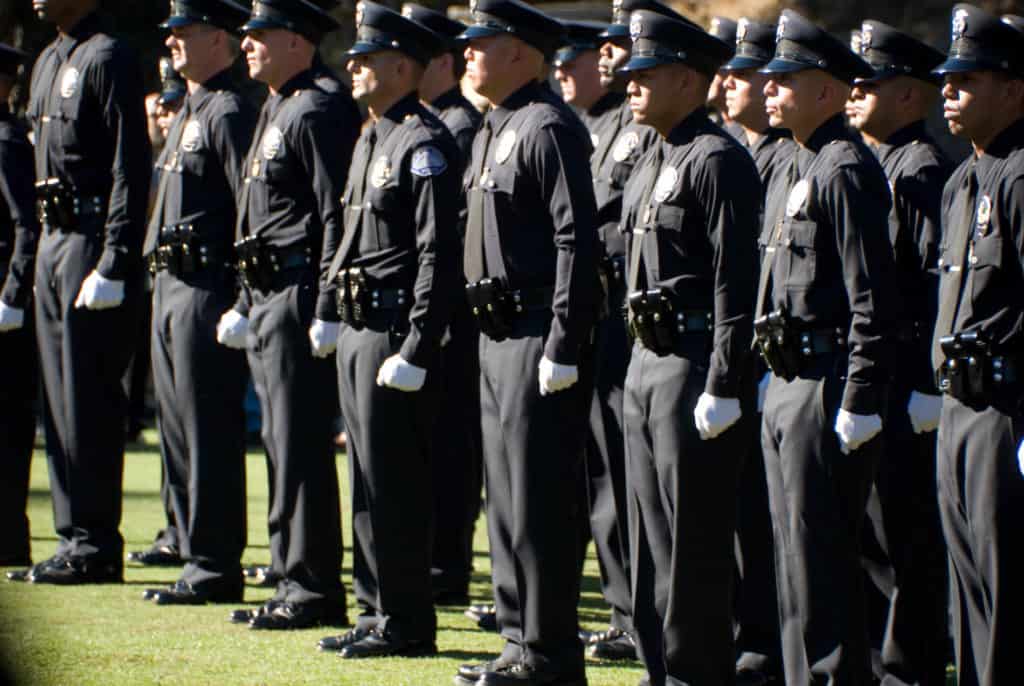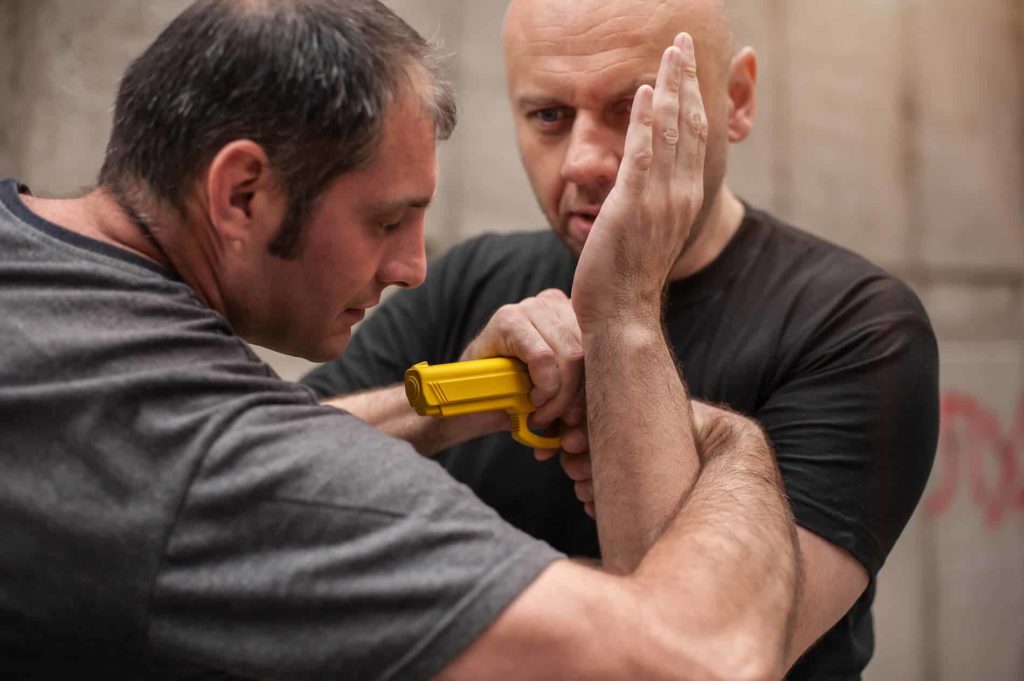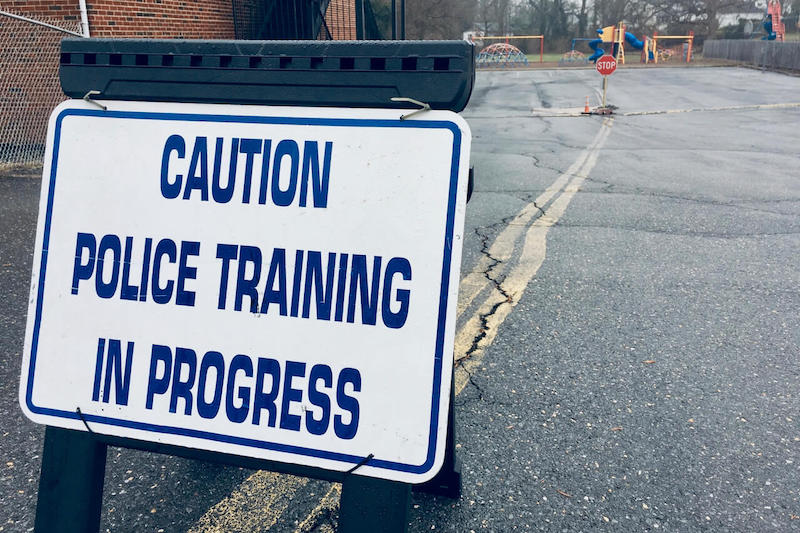After decades of assessing law-enforcement training, the Force Science Institute (FS) continues to share some of its most compelling research findings.
In this series, we introduced our research into traditional training methods and identified the circumstances under which simple and complex skills can quickly deteriorate (Part 1). We then detailed our assessment of police training programs from three countries and noted that not a single academy identified in our study had used modern principles of instruction (Part 2). Next, we reported our findings that, even with the involvement of talented instructors, skills taught in “block and silo” programs frequently deteriorated to the point where they were no longer functional (Part 3). And finally, we identified the “clinical” nature of police practice and presented Force Science’s recommendations for advanced learning and performance, including a compilation of Force Science’s Top 10 Training Recommendations (Part 4A).
Now, in the final report of this four-part series, we offer additional recommendations for conducting interdisciplinary, integrated training and introduce readers to promising practices across the profession—including important efforts to expand police training for the development of social and emotional intelligence.
Interdisciplinary and Integrated
As reported in previous Force Science News (FSN), we chose psychomotor skills to research the effectiveness of block and silo training. This subset of police training was selected simply for ease of assessment, measurement, and documentation. More abstract, difficult to measure training areas, like crisis intervention, communications, applied legal analysis, and investigations are often taught in the same block and/or silo format and, like psychomotor skills, suffer the same vulnerabilities and deterioration associated with that format of instruction. It became clear that the method of delivery (not the content) determined the maintenance and flexibility of the skill.
…the method of delivery (not the content) determined the maintenance and flexibility of the skill.
Previously, we recommended that at least one third of academy training be spent on open-environment scenarios that allow students to apply new skills in an integrated fashion. We encouraged instructors to create context-driven training involving the full range of desired attributes, including the application of law, ethics, and values and to incorporate them as early in the academy as possible.
One academy is currently experimenting with this approach. It incorporates context-driven scenarios early in the academy process. Previously, the last 3-5 days of their academy training were devoted to “crime” scenarios intended as the culminating, real-world learning experience.
Now, early in the academy, the context and rationale for training are communicated. Scenarios and table-top exercises are then used to prime recruits for future training, assist in an understanding of the integration and purpose of the skills, and stimulate individual assessment of skill acquisition.
Scenarios are also implemented throughout the academy and evolve to reflect the varied training stages at which they appear. Through report writing and instructor-led questions designed to stimulate critical thinking (Socratic Method), recruits develop critical insights, conduct self-analysis, and through this process become more inspired and involved in the academy curriculum.
This early context and scenario-driven training is enhanced when the recruit and the instructors intelligently and, in a timely manner, analyze performance and set paths to a heightened level of performance. In a simple illustration of this, FS was able to significantly improve academy arrest-and-control skills by guiding instructors in how and when to analyze and correct skills and to do so in a way that motivated recruits and provided pathways for improvement.
Keeping it “Real”
As integrated training is developed, instructors must continually assess the reality of the experience. In one of the countries we studied, “suspects” were prohibited from resisting recruits during the practice of arrest and control skills. This misguided effort to prevent injuries meant the first time the recruit experienced resistance (and its psychological effects) would be under the stress of a real-world use of force.
Well-designed, scenario-based training is as close as recruits can get to real-world experience throughout the academy training. To maximize the realism of training, FS recommends using actors from civic theatres or colleges who will consistently and earnestly perform scripts developed to reflect realistic police encounters. The actors’ commitment to realism and ability to stay in character elevates the scenario-based training well beyond simple practice and testing. Further, the reality of the training reaps benefits far beyond the normal benefits of scenario-based training.
Well-designed, scenario-based training is as close as recruits can get to real-world experience throughout the academy training.
Know Yourself. Seek Self-Improvement.
Effective learning cannot be imposed. It is the product of students who have identified a strong meaning and relevance to the material being taught. Professional, engaged learning is dependent upon recruits recognizing their “need to know” and mastering the information or skill they will need.
The hidden benefit of scenario-based exercises is the opportunity for recruits to assess their own skill level and then create specific, supplemental, individual training programs to address their deficiencies. This level of introspection, motivation, and self-awareness is not natural for some students. However, one of the most important skills an academy can develop is the ability of students to become active participants in their own learning. This development of self-evaluation and collaborative training is rarely accomplished in traditional training formats yet belongs at the heart of professional training.
Clinical training through immersion in observing professionals at work, context-driven training, tabletop exercises, the development of self-analysis, and realistic congruent scenarios build these skills from the beginning of the learning process.
Law enforcement as a clinical practice must rely on the robust body of experience by traditional clinical professions and the scientific research guiding their development. It is expected that students hoping to practice in clinical settings or complex real-world situations be repeatedly placed in practical situations, during which they will identify, through self-reflection and analysis, the areas where they will need to build proficiency. Subsequent study and training plans are then designed with instructors to address the identified deficiencies, while continuing to build ever-expanding skill sets. The clinical training of nurses, doctors, psychologists, even dental technicians reflects these recommendations; each spending considerable time in well-designed practicums.
Ideally, in the law enforcement profession, this can be accomplished by having recruits “ride along” as observers in a mentoring program, on regular shifts, before and at the early stages of the academy. At some point after the mid-point in the academy, recruits should begin practicums which would include beginning to engage in “safe” police operations under the direct supervision of a master field instructor. This practice should be continued throughout the academy and concluded with a capstone FTO (Field Training Officer) program focused on “professional clinical practice.”
A robust body of research informs us that the learning produced by self-evaluation and active engagement is resilient, flexible, and creative.
A robust body of research informs us that the learning produced by self-evaluation and active engagement is resilient, flexible, and creative.
Emotional and Social Intelligence
The core of law enforcement is human relations. It’s about working with people. Everything from officer safety to crisis intervention is dependent upon the officer’s ability to quickly read and influence cooperation from others. This, in turn, is based on the officer’s ability to read and understand the dynamics of situations (knowledge of schemas) and to then adopt the appropriate professional response to maximize the chance for cooperation or intervention. The attributes these skills are most dependent on are the officer’s social and emotional intelligence.
Social Intelligence is the capacity to know one’s self and to know others. Knowing others, in essence, is the capacity to perceive or read the behavior of others. It is what cops call “street smarts.” After this comes effective management of another’s behavior. This begins with emotional intelligence, the ability to recognize, understand, and manage emotions; first, their own, and then those of others. George Thompson and Gary Klugiewicz, both identify this as “putting on the right face” or controlling emotions and their presentation to bring about the outcome being sought. Both of these attributes (the ability to read, and then have control and influence) are critical for the professional officer. For instance, the full range of interpersonal and communication skills, from command presence to the appropriate expression of empathy, are fully dependent upon the development and use of emotional and social intelligence. Although there are upper limitations as to how much individuals can improve in these areas, programs can be used in pre-service academy training to significantly enhance emotional and social insight and functioning and, subsequently, decision making.
Most Criminal Justice and academy programs attempt to influence these personal characteristics by providing information, such as lectures on the legal and ethical aspects of the profession or techniques, like active listening in communication training. But this is not enough. Lectures and techniques have been proven to have little influence on interpersonal responses in critical incidents. Put simply, the ability to stay proactive, not reactive, when dealing with difficult, angry people with disorganized thinking cannot be learned in a lecture.
Professional language is hard to learn and to use, particularly in time compressed and urgent situations. To maximize self-control, the ability to prioritize professional language over personal language, and thereby to increase external influence, training programs must, at least, include frequently rehearsed and integrated, professional responses in their reality-based scenarios.
One state academy is working hard at developing social and emotional intelligence by having recruits, within weeks of starting in the academy, conduct most of their class-time in problem based “work groups.” The ability to influence personal performance by working in “work groups” and the subsequent reflection on that process, has a robust, scientific foundation, validating its effect on improving outcomes.
However, this academy takes their problem-based work groups further than most. After working together during the day, recruits are required to spend portions of their evenings reflecting and journaling about their “work group.” The “work groups” alone can build tremendous cohesion and support. But the added reflection and subsequent guided discussions force the recruits to attend to their influence and effect on others. They also can identify their emotional triggers and then design responses that allow them to maintain their professional focus. These recruits are encouraged to consider how changes in their thinking, emotions, or actions might impact goal accomplishment within their work group, and, later, how focusing emotional responses can facilitate accomplishing professional objectives.
The “work groups” alone can build tremendous cohesion and support.
Anecdotal evidence and objective test scores measuring professional presence, interpersonal skills, and psychomotor skills were impressive. Of note, recruits from disadvantaged backgrounds, in particular, showed significant improvement.
Law enforcement training has attempted to address the changes in society by adding hours and curriculum to the instructional process. However, at its core, the traditional academy has to change. Those in charge of influencing pre and in-service training have to think about the ongoing challenges law enforcement continues to face and the new challenges that come from policing in the 21st century. We know from experience that many of the 20th century training methods traditionally used in police training won’t solve today’s training shortfalls. If professional skills are to be developed that are resilient, flexible, and insightfully and creatively applied, modern principles of learning have to influence the academy process. We must discard some of the traditional practices and move toward a scientific, evidence-based practice that recognizes law enforcement as the full, interdisciplinary, integrated, professional practice society is asking for.
It is the wish of the Force Science Institute that our research and this brief series has provided encouragement for movement in that direction.
In the law enforcement profession, it is a good thing we hire good people, because no professional tries so hard and does so much with so little!





